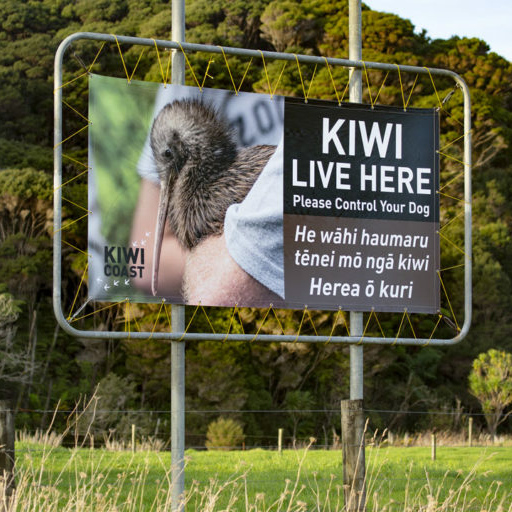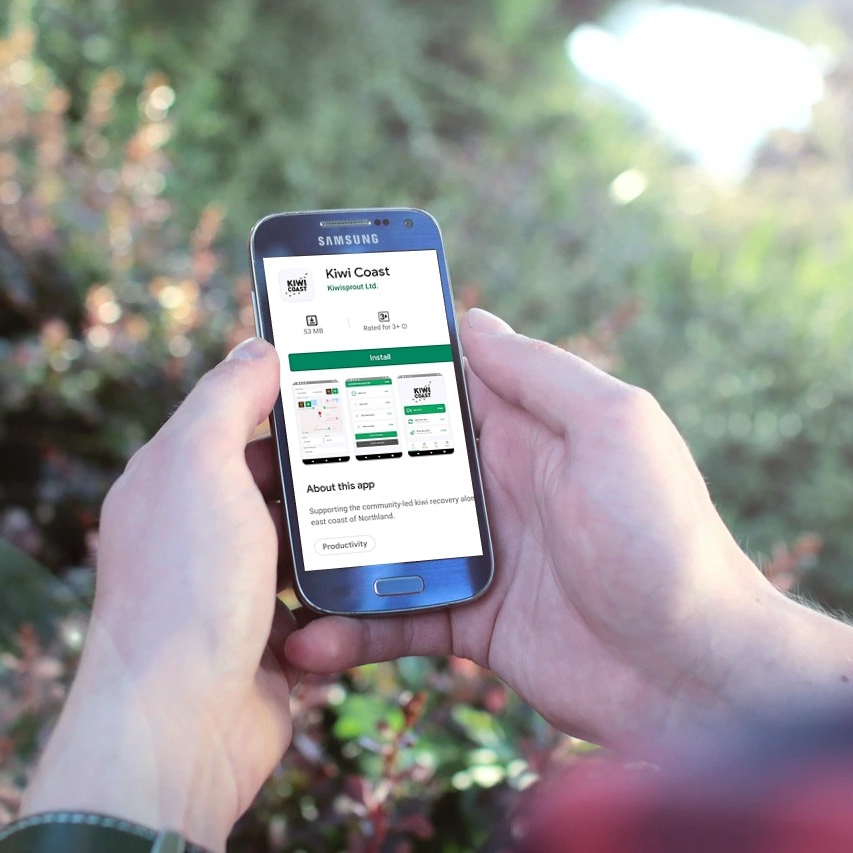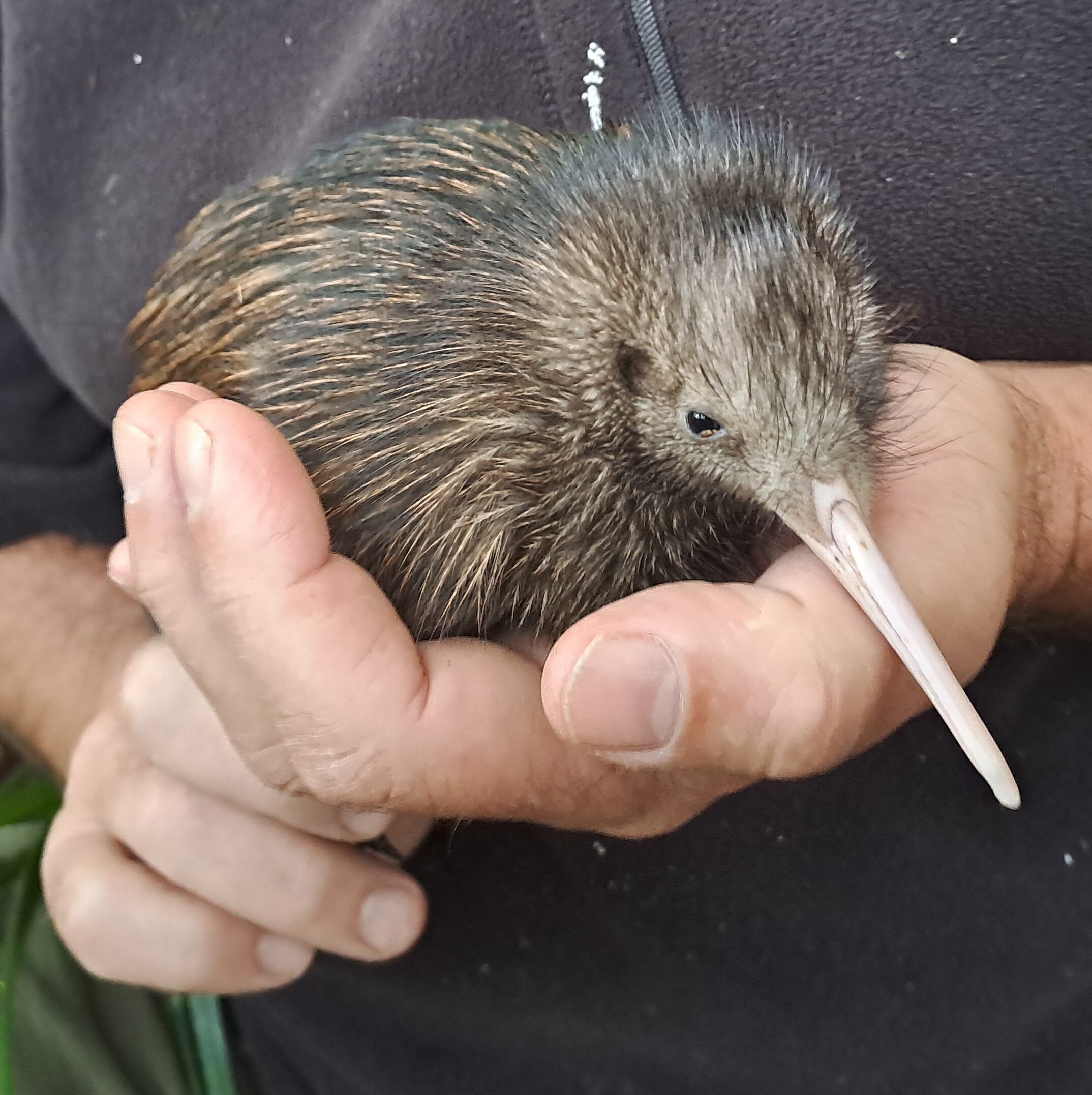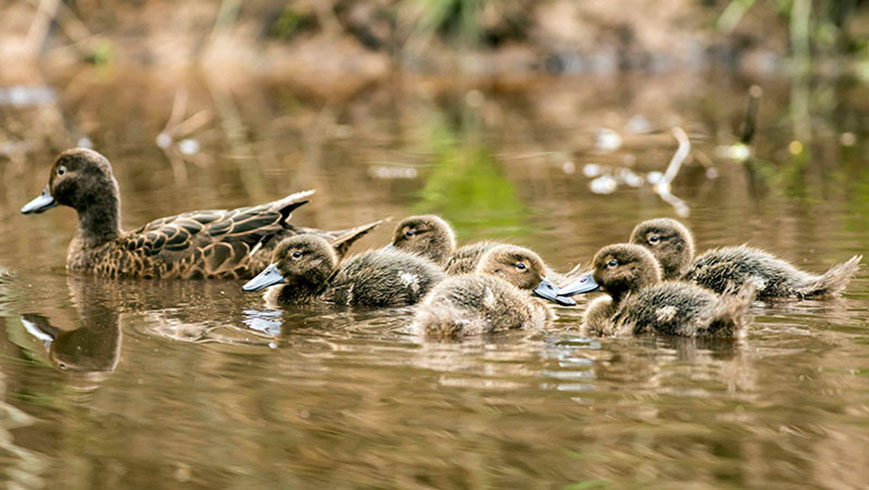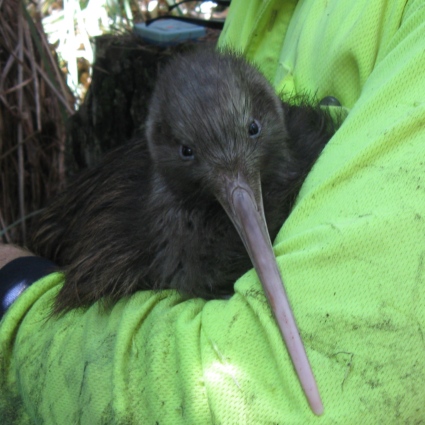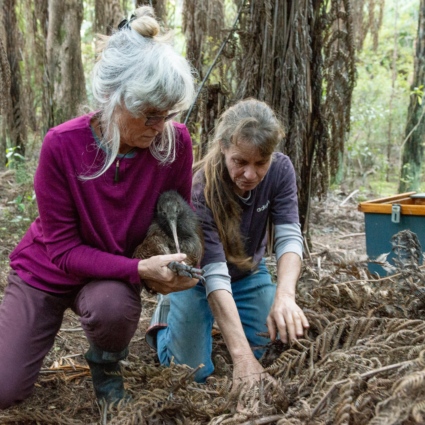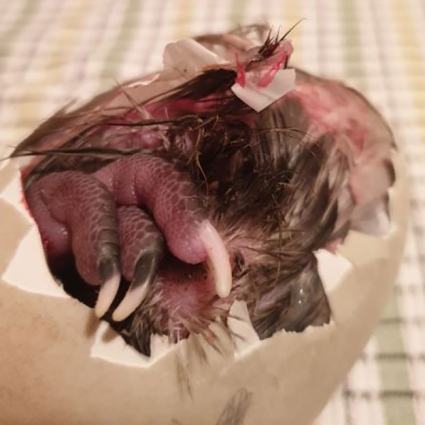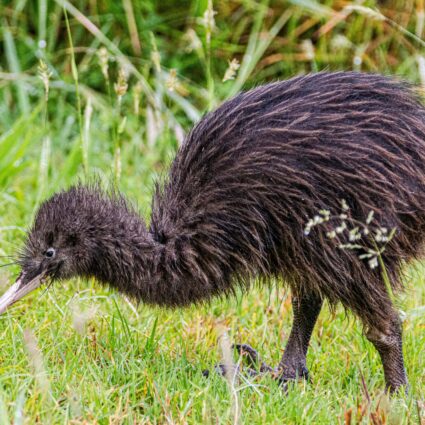Community, hapū and iwi-led Conservation
Northland's success is largely due to the efforts of community, hapū and iwi-led conservation projects, working in partnership with government agencies, other organisations and private landowners to carry out predator control, protect vulnerable wildlife and advocate for responsible dog control.

Groups & Projects
Entities linked in to the Kiwi Coast include community-led projects, hapū and iwi, forest management companies, government agencies, organisations, farmers and schools.
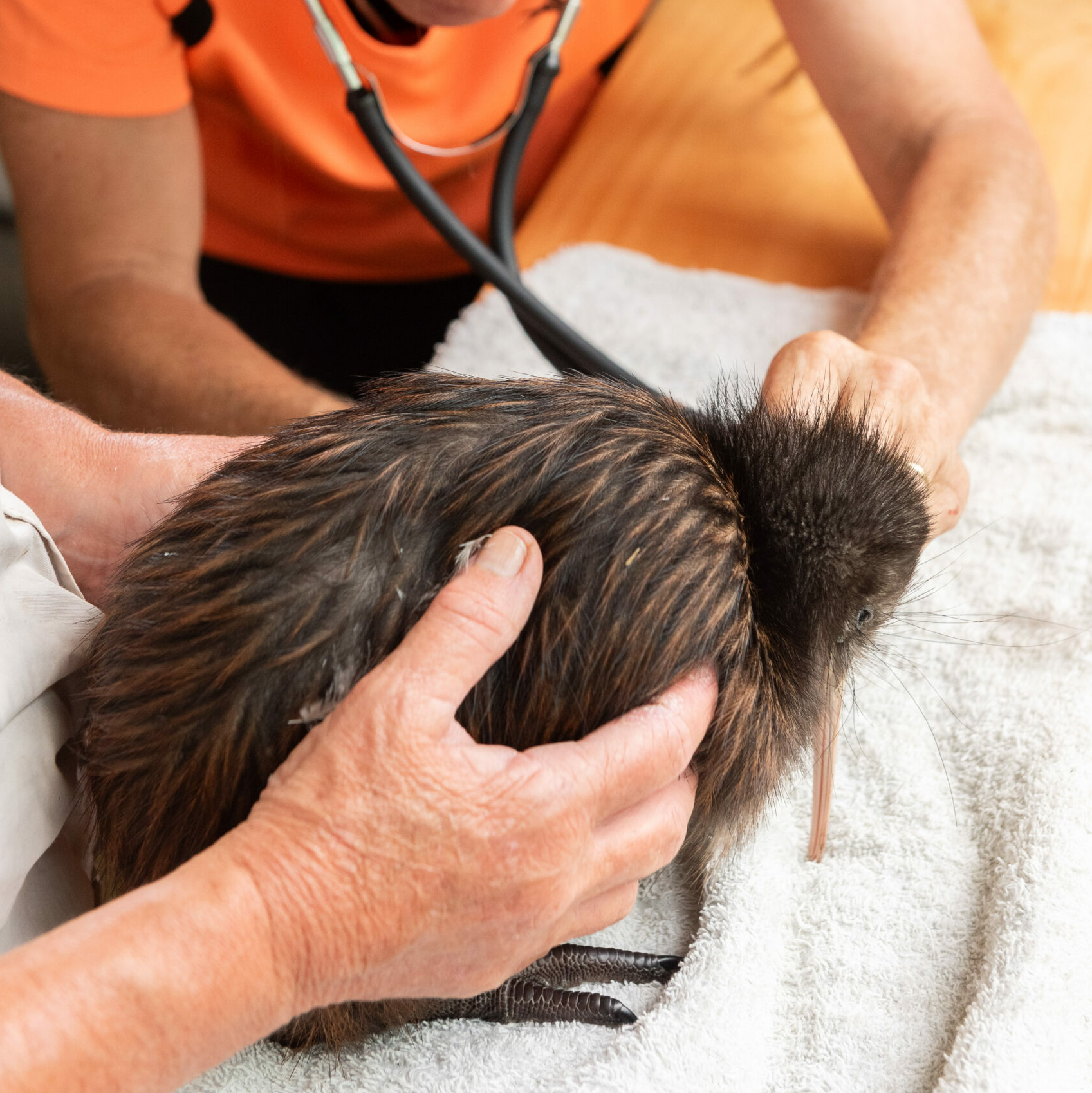
Kiwi Rehab Centre
Our purpose built kiwi rehabilitation centre in the Bay of Islands helps injured or diseased wild Northland kiwi. You can donate or become a sponsor.

Kiwi Releases
Public kiwi release events allow members of the community to briefly meet a wild kiwi up close, learn how to help keep them safe and see them released into a pest controlled area.These are usually held between February - April each year

Northland Pest Control Workshop
The annual Northland Pest Control Workshop includes speakers from a range of groups, projects and scientific studies. Trapping advice and practical demonstrations are also part of the day.
